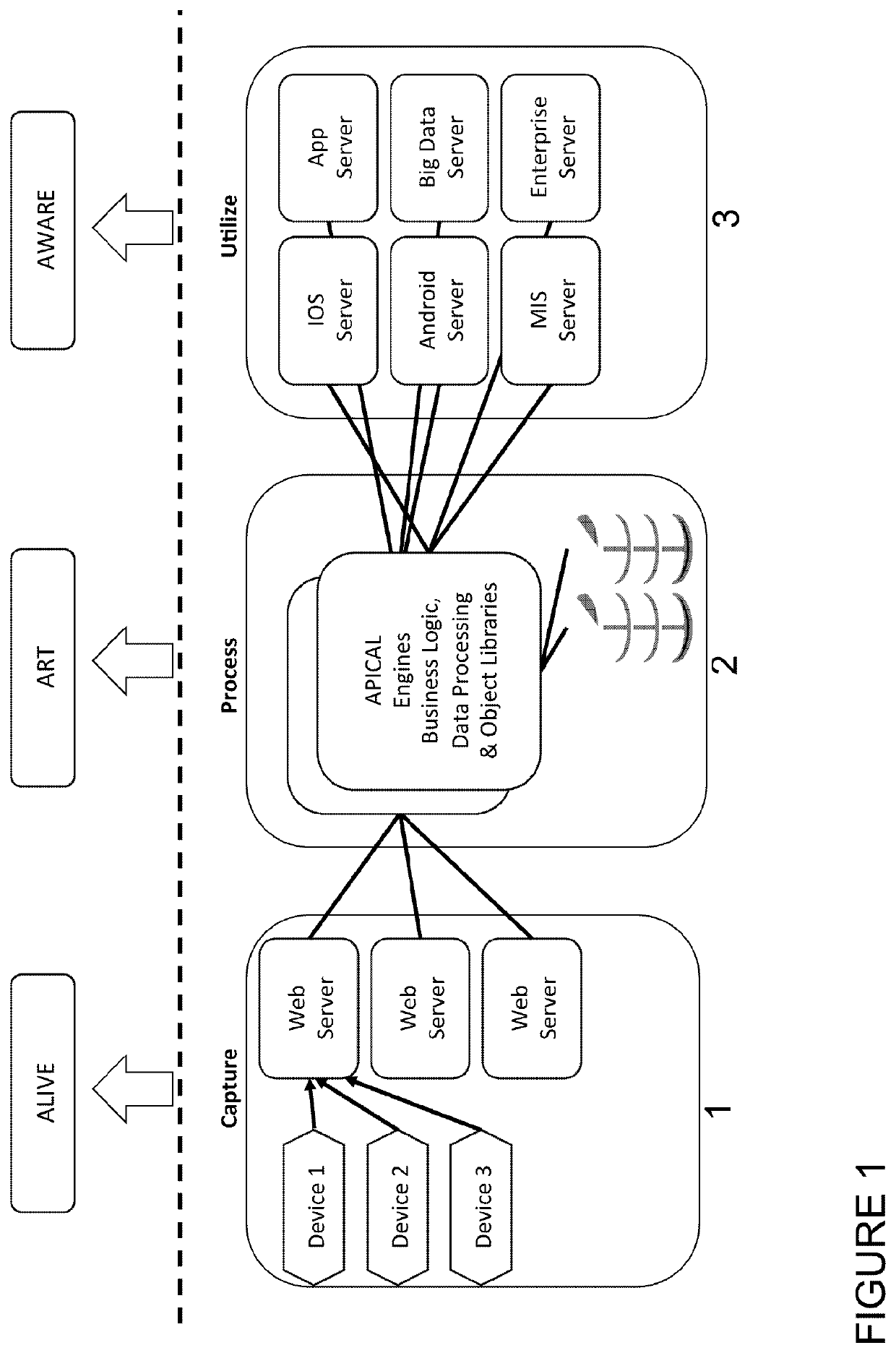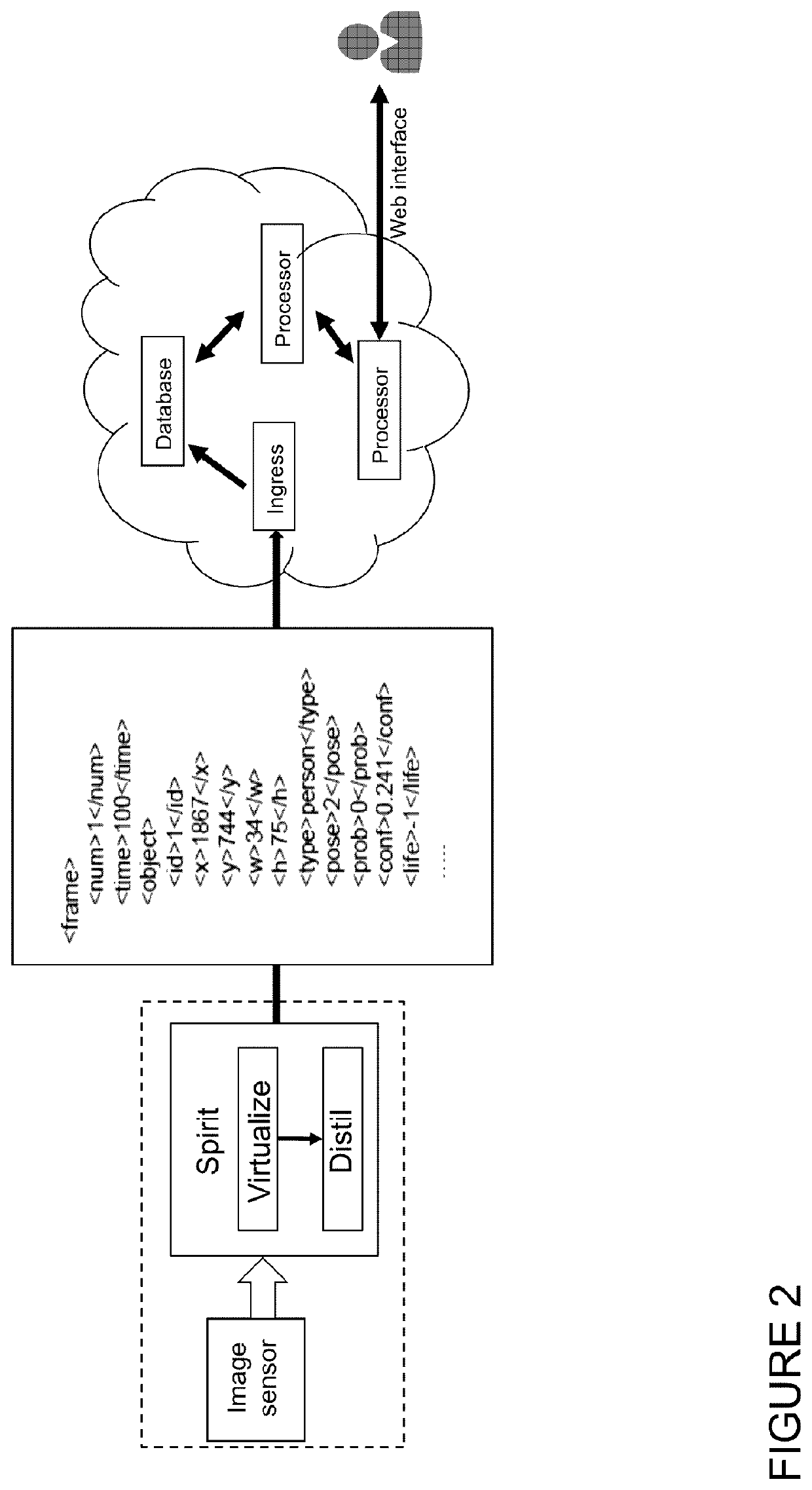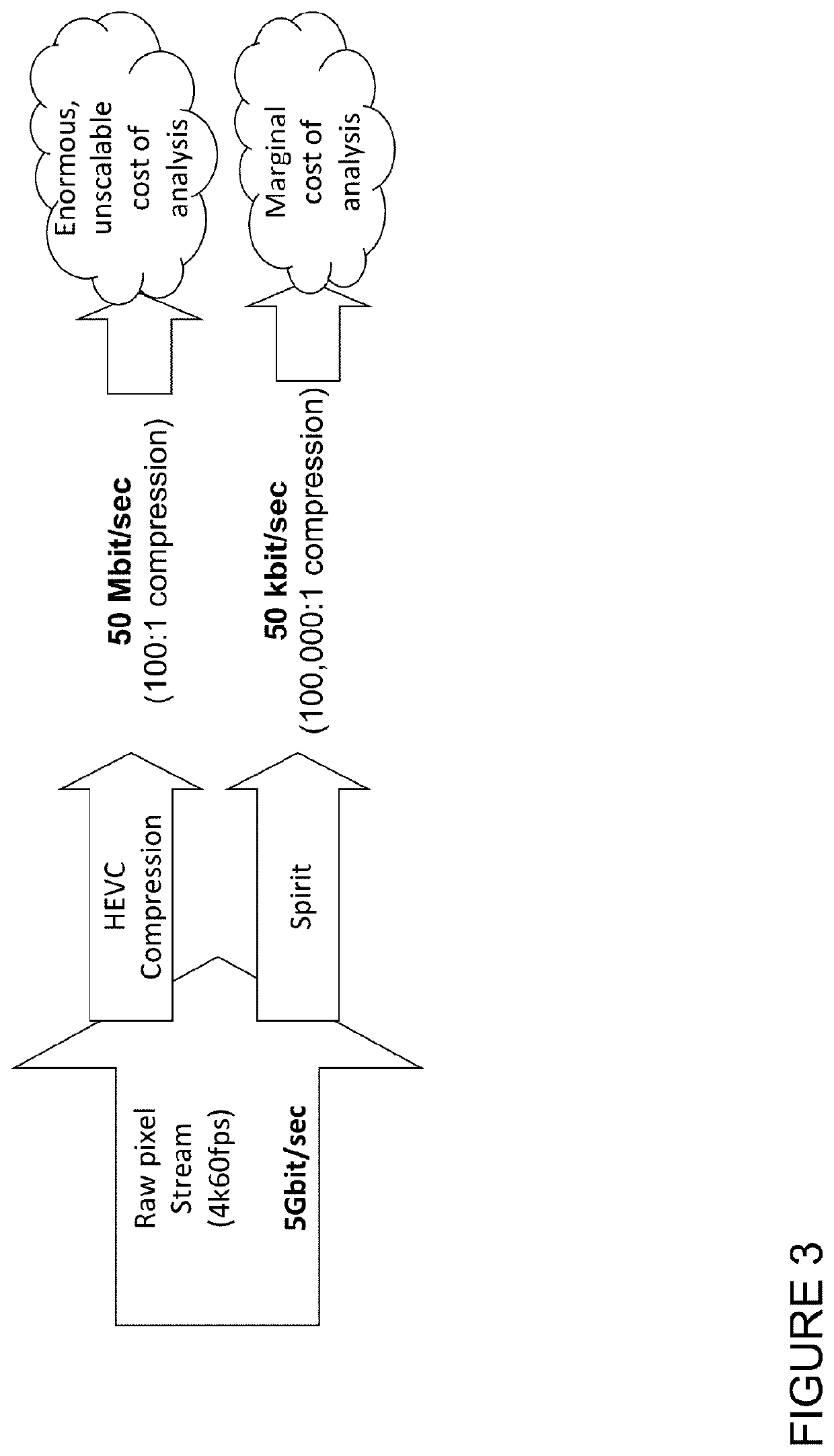Computer vision systems
a computer vision and system technology, applied in the field of computer vision systems, can solve the problems of not real-time and unscalable systems, no information on the number of people present, their poses or identities, and no possibility of ensuring privacy, so as to save bandwidth and compute requirements and costs, and improve accuracy. the effect of scalabl
- Summary
- Abstract
- Description
- Claims
- Application Information
AI Technical Summary
Benefits of technology
Problems solved by technology
Method used
Image
Examples
case examples
7. Use Case Examples
[0914]ART can enable multiple propositions and has been segmented in the domestic arena into the following areas:[0915]ART within the home:[0916]ART Control[0917]ART HEMS[0918]ART Care[0919]ART Security around the home.
[0920]ART is setup to anticipate and respond to personal requirements depending on the homeowner specific needs. ART will quickly become the indispensible faithful companion, which places the home individuals in control of the environment and knows the information required to make life run smoothly. ART fully personalises the SmartHome through a network of smart device. ART is a scalable platform for the user-centric SmartHome, built on high-performance Spirit computer vision at the edge.
[0921]By using the metadata extracted from the Spirit engine, ART builds a virtualized digital representation of each individual in the home and is able to understand a wide range of behaviours, such as, but not limited too:[0922]counting the number of people in th...
PUM
 Login to View More
Login to View More Abstract
Description
Claims
Application Information
 Login to View More
Login to View More - R&D
- Intellectual Property
- Life Sciences
- Materials
- Tech Scout
- Unparalleled Data Quality
- Higher Quality Content
- 60% Fewer Hallucinations
Browse by: Latest US Patents, China's latest patents, Technical Efficacy Thesaurus, Application Domain, Technology Topic, Popular Technical Reports.
© 2025 PatSnap. All rights reserved.Legal|Privacy policy|Modern Slavery Act Transparency Statement|Sitemap|About US| Contact US: help@patsnap.com



